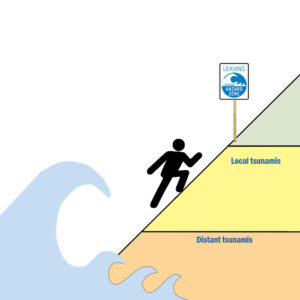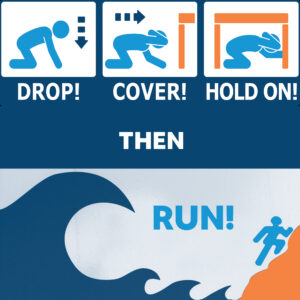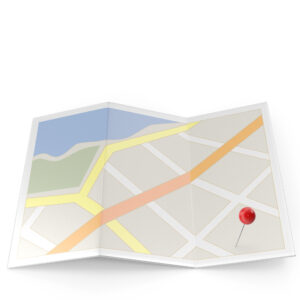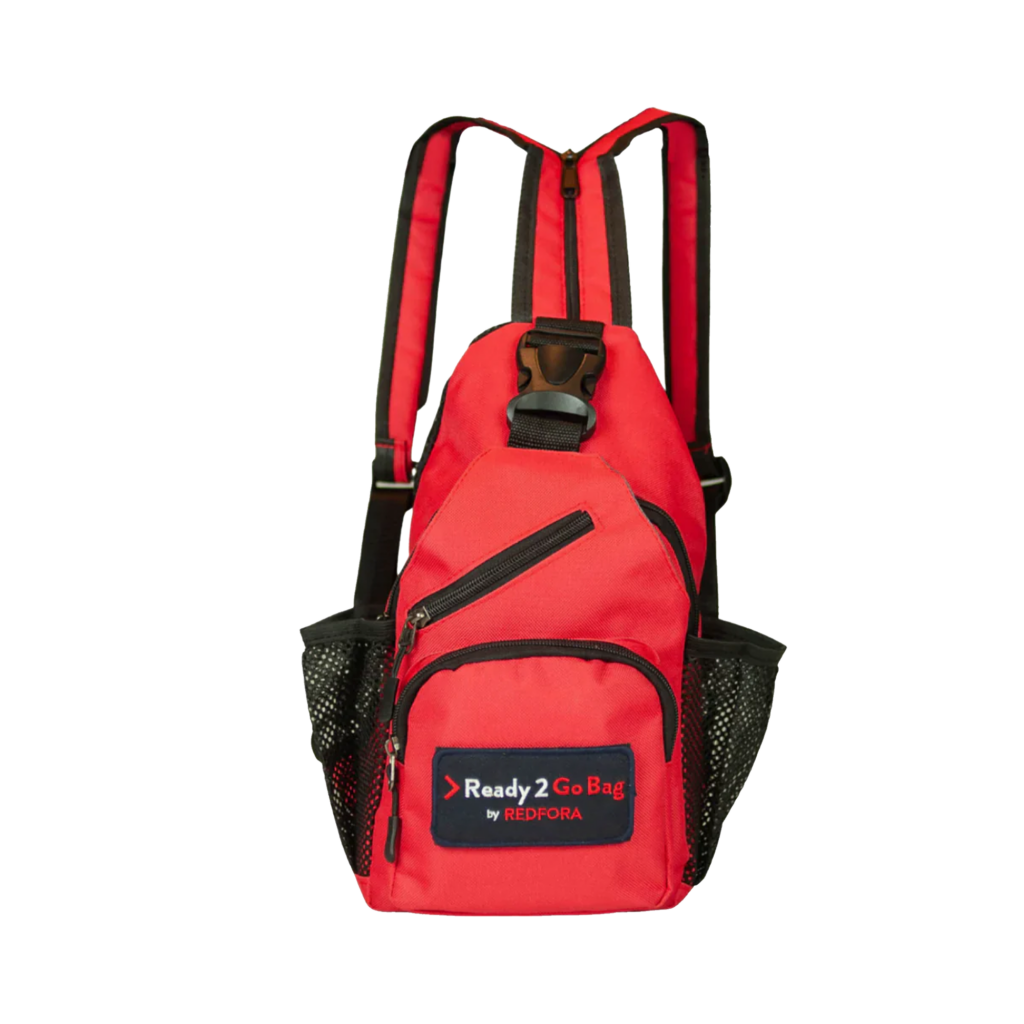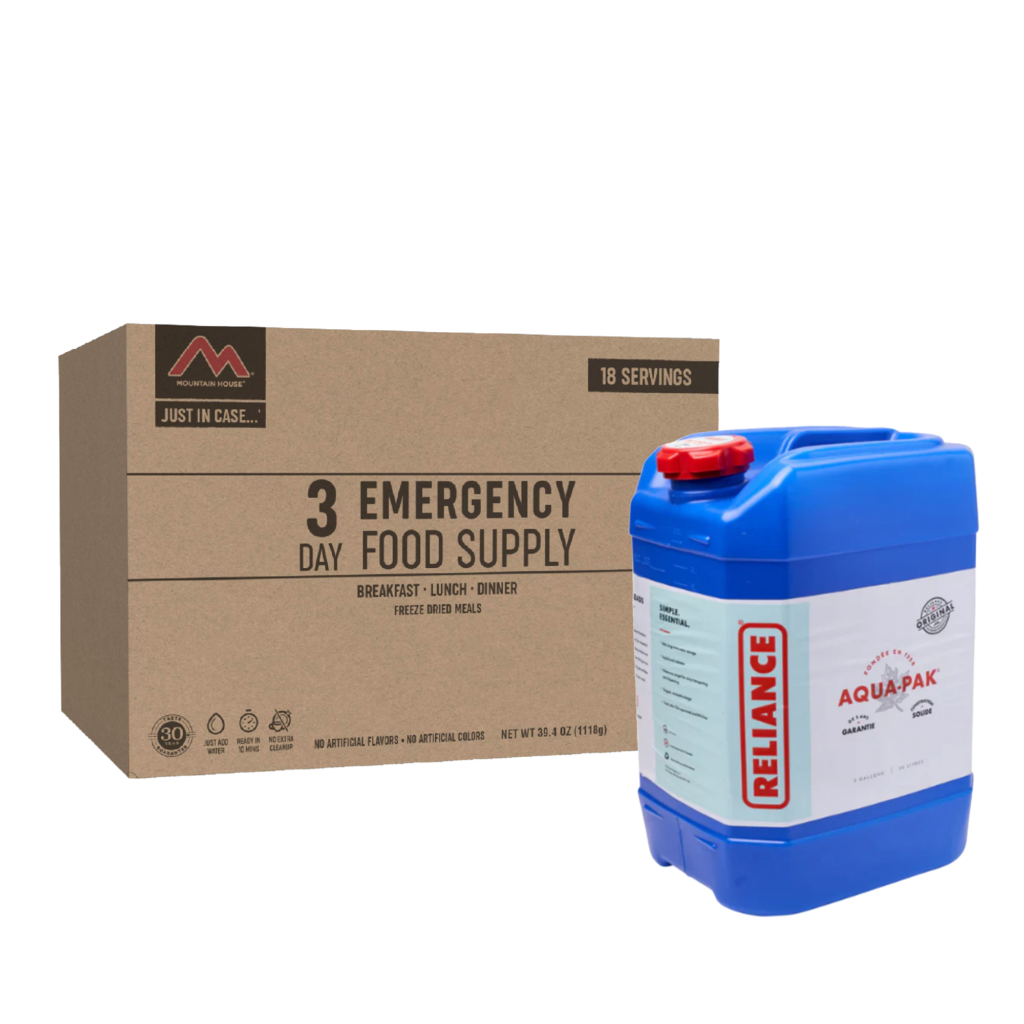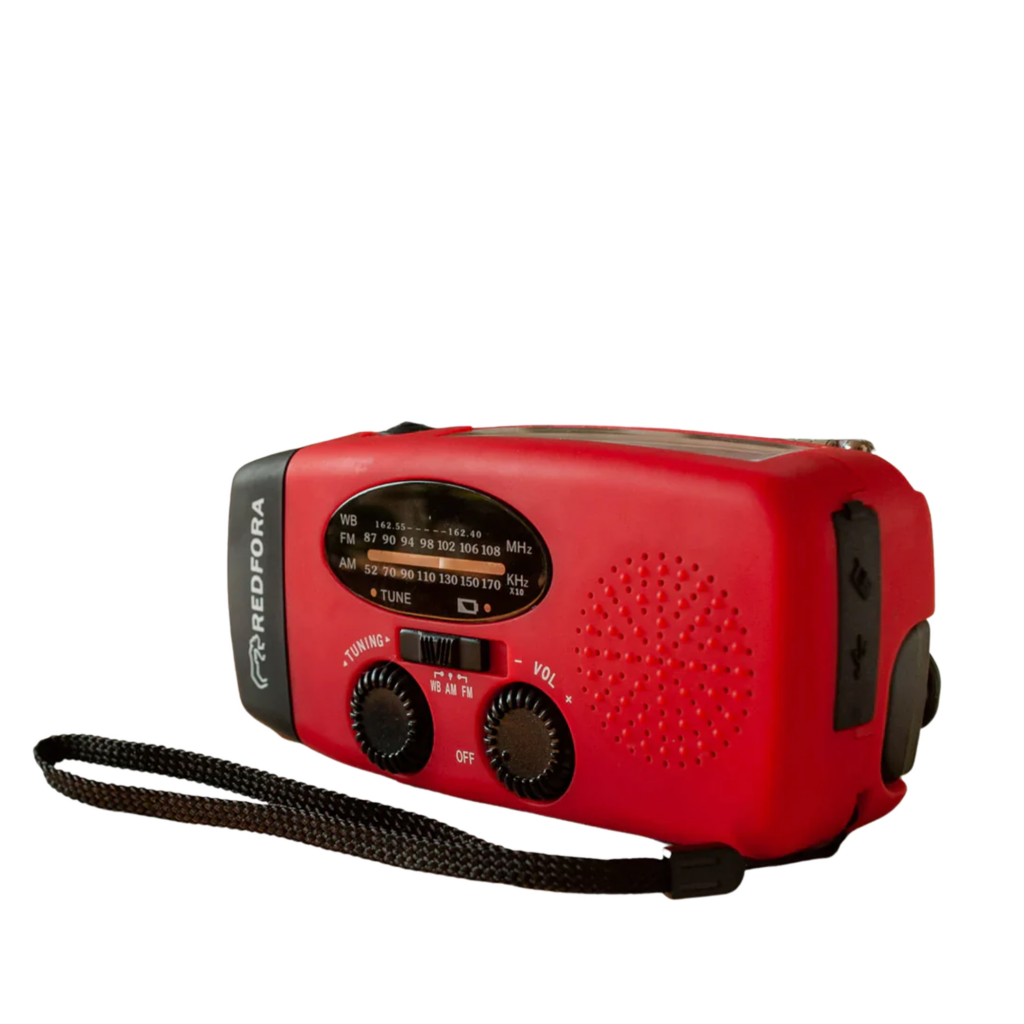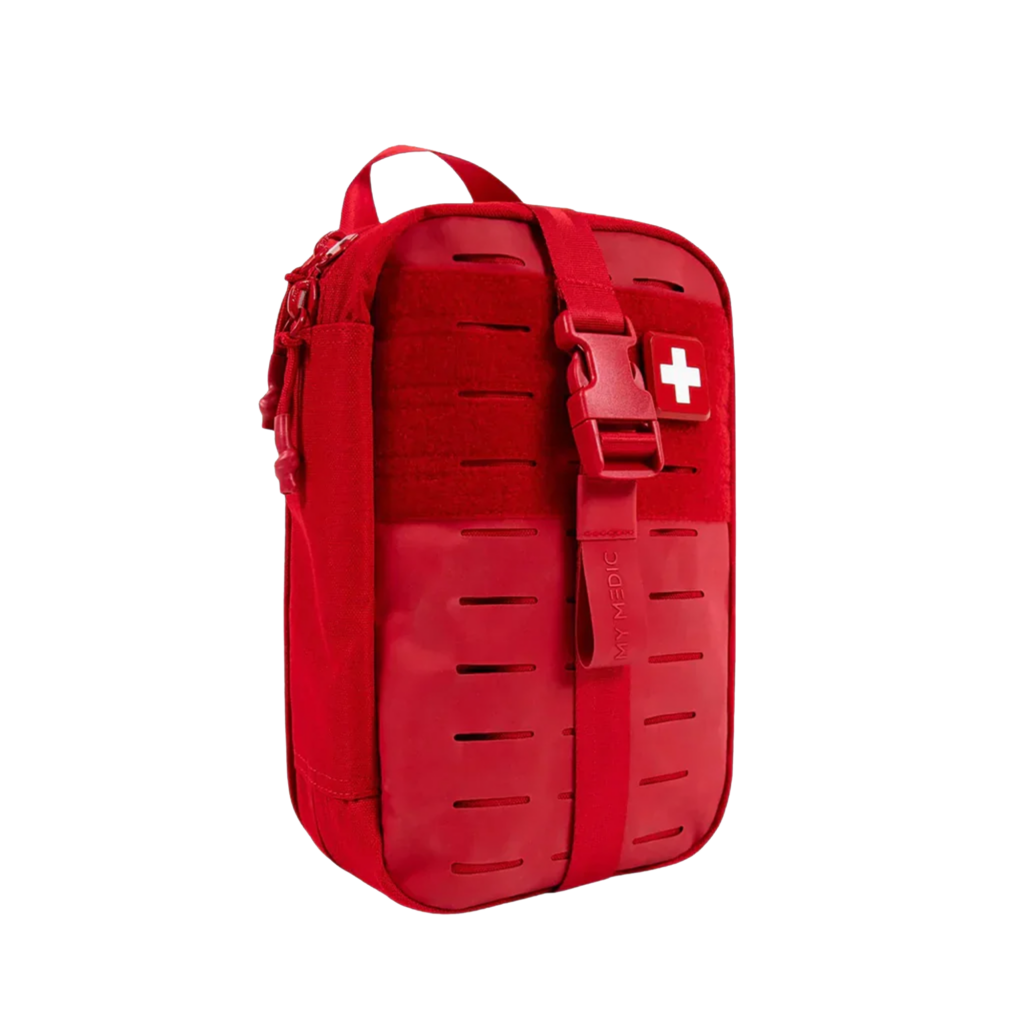
Is your workplace ready for anything? Access in-depth educational resources through our LMS Program, and get prepared. Reach out today to get started.
A tsunami can be caused by by any force the creates a sudden and massive disturbance in a large body of water. Landslides, submarine volcanic eruptions and even asteroid impacts have been known to cause tsunamis. But the most frequent and likely source of a tsunami is an earthquake occurring beneath the ocean.
Pacific Ocean communities surrounding the Ring of Fire face the highest tsunami risk. Specifically, the United States (California, Washington, Oregon, Hawaii and Alaska), Canada (British Columbia), Indonesia, New Zealand, Papa New Guinea, the Philippines, Japan, Chile, Guatemala, Russia, Peru, Solomon Islands, and Mexico all face varying degrees of risk due to the large earthquakes that occur in this region.
A tsunami triggered by a nearly fault line is termed “local” and one triggered by an earthquake hundreds or even thousands of miles away is termed “distant.” The distinction is important because the impact of a tsunami attenuates the further that it travels. So communities further from the source of a tsunami will receive more warning and experience a smaller tsunami, while communities nearest to the source will receive the least warning and experience a stronger tsunami.
In the event of a local tsunami, the best indicator is the occurrence of a strong earthquake. If you find yourself near a coastline during a major earthquake, you should assume that a tsunami is to follow. Take immediate evasive action as soon as the seeking has ceased. In the event of a distant tsunami, there may be time for authorities to issue a coordinated warning, sometimes via sirens or alert messages to your phone. Alternatively, you may witness a negative wave event prior to the tsunami’s arrival. This is when the tsunami wave’s trough (its lowest point) arrives before the crest (its highest point). Essentially, its like an extreme low tide event in which the ocean suddenly and dramatically retreats. If you see this, run!
The key is to reach high ground as quicky as possibly. Communities facing a tsunami risk will often have erected signed to indicate when you you have entered a tsunami inundation zone and when you have exited the risk zone. Additionally, there are often routes indicating the shortest route to high ground. In the event of a local tsunami caused by a local earthquake, the evacuation can prove challenging as the road network will likely have been severely damaged by the earthquake. It’s often advisable that your evacuation be executed on foot as driving may prove impossible.
Essential Tsunami Preparedness Steps
Get a Tsunami Map
Most communities facing a risk have a map showing you where you’re at risk and where you will reach high ground beyond the tsunami’s reach.
Know Your Route
Using your map, figure out where the nearest high ground lies. Find evacuation routes between the places you regular and the safe zone.
Drill Your Response
If you’re preparing for a local tsunami, remember that you need to protect yourself from the earthquake, then the tsunami.
Choose an Evac Site
Your home and car may be destroyed by the event. Choose a place outside of the risk zone for shelter. If it’s a friend, store your supplies there.
Shop for Tsunami Supplies at Redfora
Subscribe to our newsletter and get $10 off your first order over $99.
